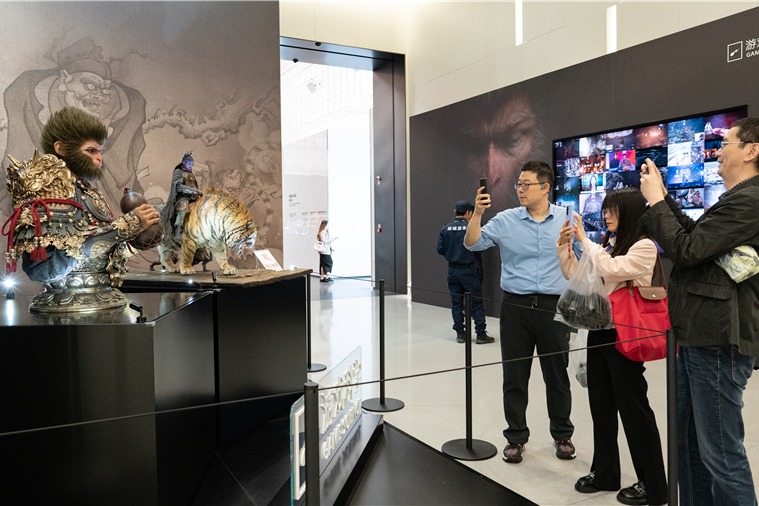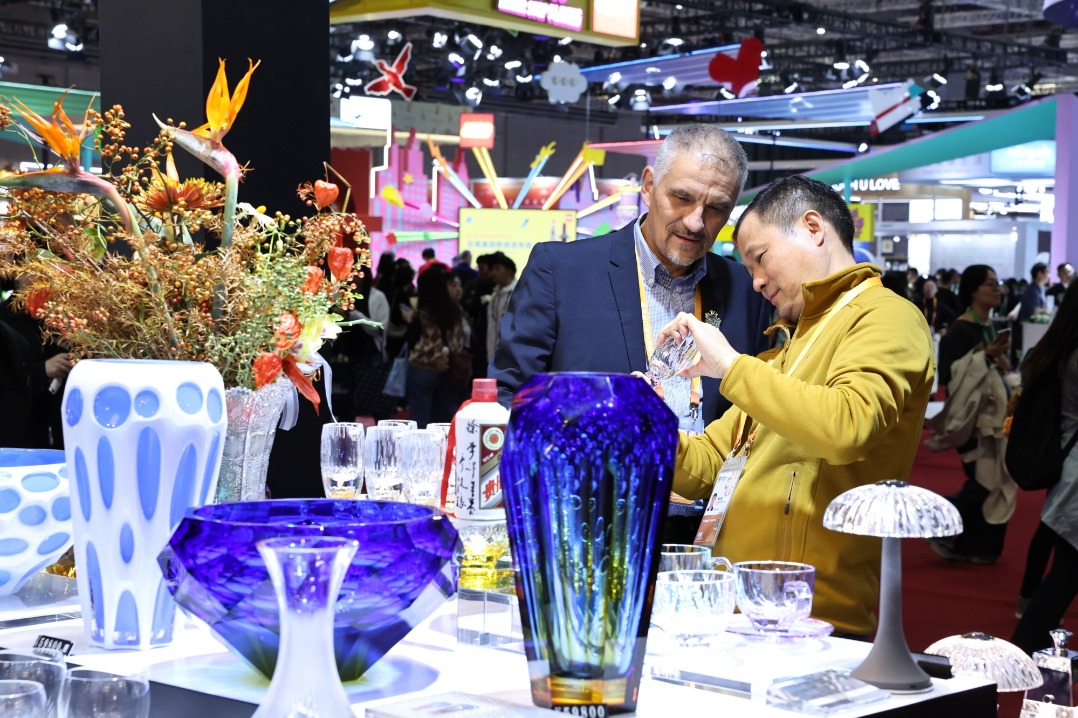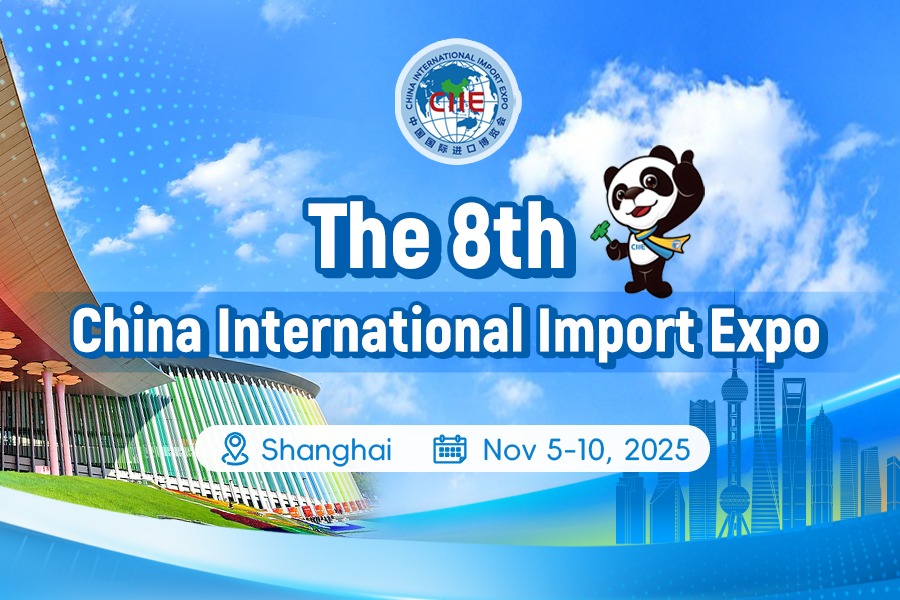Trade corridor boosts RCEP regional economic integration


The RCEP has also facilitated imports of commodities like Thai glutinous rice, Vietnamese basa fish and Cambodian bananas. On March 22, more than 5,700 cattle arrived at Beibu Gulf Port after a 17-day voyage from Australia. After a required 45-day quarantine, the cattle will be sold to help improve breeding and milk production across China.
With booming trade, the total number of rail journeys via the corridor's rail-sea intermodal service surged from 178 in 2017, when the service began to operate regularly, to 8,820 last year. More high-end products with higher added value, like automobiles, are riding high on the trade corridor.
Since 2022, Beibu Gulf Port has launched specific foreign trade routes covering destinations in RCEP countries. The port currently has 34 shipping routes to ports in RCEP countries and plans to develop more goods source markets in countries like Thailand, Cambodia and Vietnam, said port authorities. Last year alone, Chinese goods to RCEP countries transported via the trade corridor grew 9.7 percent year-on-year to 69,000 TEUs.
Hello Chuxing, a Shanghai-based bike-sharing startup, recently announced an investment of about 1.2 billion yuan ($174.6 million) in future business expansion in ASEAN countries.
"The implementation of the RCEP enables enterprises to enjoy preferential tax rates for their exports, helping our market expansion in Southeast Asia," said Liu Tao with the company.
With China's accelerated opening-up and development, the trade corridor is expected to further promote the economic growth of the RCEP region in the future, said Lei Xiaohua, deputy director of the Institute of Southeast Asian Studies under the Guangxi Academy of Social Sciences.




































